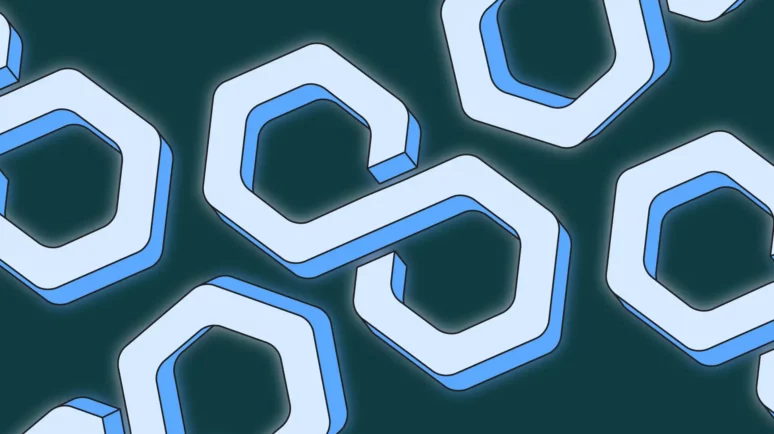Polygon Price Struggles with Resistance Despite Testnet Launch – Wave Count Hints at More MATIC Upside

Can MATIC Reclaim the $0.73 Resistance? | Credit: Hameem Sarwar
Key Takeaways
- Polygon announced the alpha version of its testnet on May 6.
- MATIC trades below a long-term resistance at $0.73.
- The bounce since the April 13 bottom took the shape of an ascending wedge.
On May 6, Polygon announced the alpha version of its testnet, Miden, designed to further improve Ethereum’s capabilities. The MATIC price did not react to the announcement.
MATIC’s price action is mixed, showing a breakout from a diagonal resistance but a failure to clear a horizontal one. Can MATIC sustain its breakout and finally clear the horizontal resistance at $0.73?
What is Polygon’s Testnet?
The main new feature for Miden is its client-side proving, enabling users to generate proofs for their own state locally without revealing sensitive information to the network. In turn, this reduces the network load and can improve scalability.
The feature can be useful for builders, who can design self-sovereign applications, something not possible on other Ethereum Virtual Machine (EVM)-chains.
The roadmap indicates that the builders testnet will launch in September, yet there is no schedule for the mainnet release. While the exact effect of the testnet remains uncertain, Polygon would definitely benefit from reduced transaction fees.
In comparison to other Ethereum Layer-2 solutions, Polygon has the highest transaction fees by far. While they are still relatively small at $0.09, this is nearly doulbe that of Blast, who has the second highest transaction costs at $0.049. It is nearly twenty times as high as Arbitrum at $0.05.

The MATIC price did not react to the announcement at all. Rather, it still trades below the $0.73 horizontal resistance area, as it has done since the April 13 breakdown.
MATIC Struggles With Resistance
The daily time frame chart gives a mixed outlook. The bullish side of the price action shows a breakout from a diagonal resistance trend line existing since the yearly high on March 13. Since the correction started at the time, the breakout can be seen as a sign the correction is over.
However, MATIC failed to reclaim the $0.73 horizontal resistance area. Rather, it made its third failed attempt at breaking out (red icons).

Also, technical indicators give a mixed reading. While both the RSI and MACD are moving upward, the RSI is below 50 and the MACD is still in negative territory.
So, a look at the wave count is needed to determine if the price will break out or get rejected instead.
MATIC Price Prediction: Possible Bullish Structure
The shorter-term six-hour time frame shows that the MATIC price has created an ascending wedge since April 13. The ascending wedge is considered a bearish pattern, meaning that a breakdown from it is likely.
However, the wedge has transpired after the MATIC price reached a bottom and could be part of a leading diagonal. If so, it is either wave one in a longer-term upward movement (yellow) or wave A in an A-B-C structure (white). Both scenarios point to higher highs.

If the increase is part of an A-B-C structure, MATIC can reach $0.86 before a downturn. In case it is a new upward movement, MATIC is likely to increase above $1.
Since both proposed count leads to MATIC reclaiming the $0.73 horizontal area, it is more probable that the increase is part of a longer-term upward movement.
MATIC Upside Despite Testnet Lethargy
To conclude, the structure of MATIC’s bounce suggests it is the first portion in a longer-term increase. Whether that is an A-B-C structure, or a new upward movement is still unclear. In both cases, MATIC is likely to reclaim the $0.73 long-term area despite the muted reaction to the testnet release.


